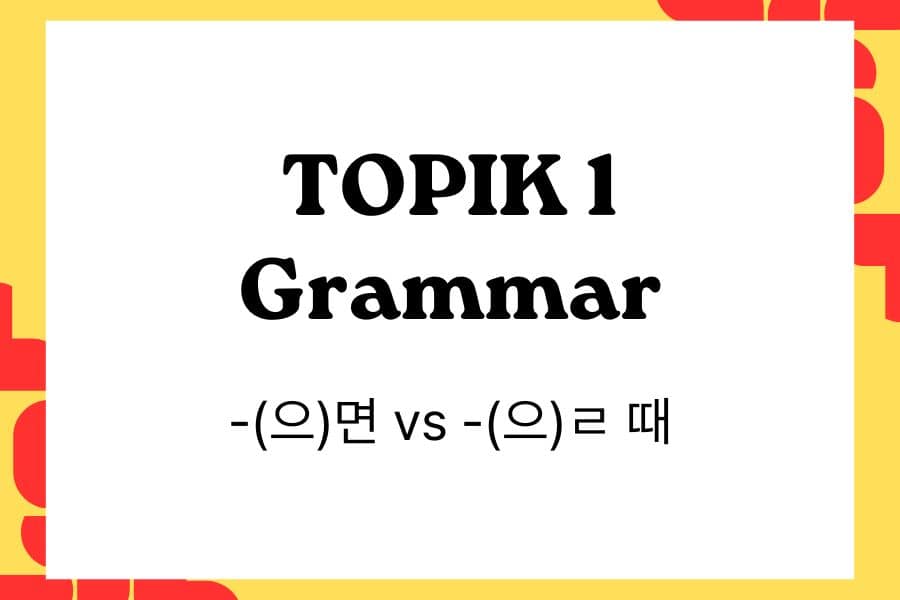
Introduction : -(으)면 vs -(으)ㄹ 때
Conditional and time-related grammar expressions often confuse TOPIK beginners. Two of the most common are -(으)면 vs -(으)ㄹ 때. At first glance, both can seem similar because they connect two clauses, but their meanings are very different.
✨ Our TOPIK 1 Essential Book covers grammar, vocabulary, and practice questions step by step.
📌 Related grammar guides:
In this article, we’ll compare these two grammar points, explain how to use them with examples, and show you how they appear in TOPIK 1 test questions.
Grammar Focus – -(으)면 vs -(으)ㄹ 때
-(으)면
The ending -(으)면 is used to express a condition or hypothetical situation. It can often be translated as “if” or “when (if condition is true).”
- Function: Shows what will happen depending on a condition.
- Usage: Commonly appears in giving advice, rules, or results.
- Form: Attach to verb or adjective stems.
예문:
- 날씨가 좋으면 공원에 갑니다.
- 시간이 있으면 도와주세요.
- 많이 먹으면 배가 아픕니다.
👉 Key Point: Use -(으)면 when one action/result depends on a condition.
-(으)ㄹ 때
The ending -(으)ㄹ 때 indicates a specific time or moment when something happens. It does not express condition but rather the timing of an action.
- Function: Refers to “when/while doing something.”
- Usage: Used to describe what happens at a certain point or during another action.
- Form: Attach to verb stems, often combined with past, present, or future context.
예문:
- 어릴 때 한국에 살았습니다.
- 밥을 먹을 때 물을 마십니다.
- 피곤할 때 음악을 들어요.
👉 Key Point: Use -(으)ㄹ 때 for time expressions, not conditions.
How These Grammar Points Appear in TOPIK 1
Both -(으)면 and -(으)ㄹ 때 appear in grammar-focused questions. Learners must decide whether the sentence is about condition (if) or time (when).
Example Question 1 (Reading/Grammar)
배가 고프( ) 밥을 먹습니다.
① 면
② 을 때
③ 을 수 있다
④ 게 되다
👉 Correct answer: ① 면 (Condition: If I’m hungry, I eat.)
Example Question 2 (Reading/Grammar)
저는 아침에 일어나( ) 먼저 세수를 합니다.
① 면
② 을 때
③ 을 수 있다
④ 게 되다
👉 Correct answer: ② 을 때 (Time: When I wake up in the morning.)
Example Question 3 (Listening/Integrated)
여: 내일 비가 오면 축구를 안 할 거예요.
남: 네, 비가 오( ) 집에서 영화 봐요.
① 면
② 을 때
③ 을 수 있다
④ 게 되다
👉 Correct answer: ① 면 (Condition again.)
Study Tip for TOPIK Learners
- Check whether the sentence is about a condition or a time.
- If the sentence has “result” or “consequence” → use -(으)면.
- If the sentence describes “at the moment of doing something” → use -(으)ㄹ 때.
- Practice by rewriting one sentence with both grammar points to feel the nuance.
예:
- 날씨가 좋으면 산에 갑니다. (If the weather is good → condition)
- 날씨가 좋을 때 산에 갑니다. (When the weather is good → time)
Although -(으)면 and -(으)ㄹ 때 look similar, they play very different roles in Korean. By focusing on whether the sentence shows a condition or a time, you’ll easily choose the right answer on the TOPIK test.
👉 Want more grammar practice for TOPIK? Follow our study guides and boost your score!
👉 Want more practice?
✨ Our TOPIK 1 Essential Book covers grammar, vocabulary, and practice questions step by step.

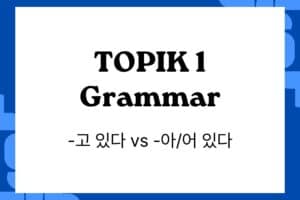
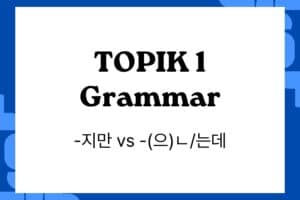
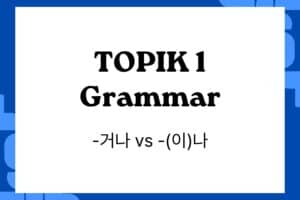
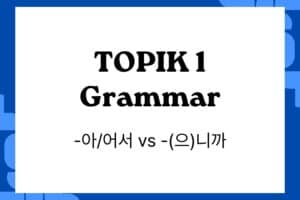

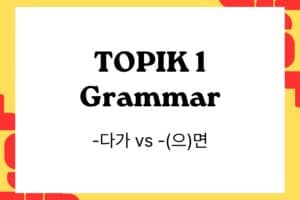

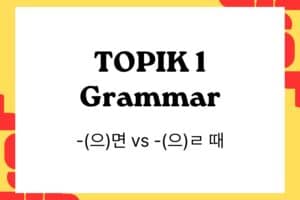

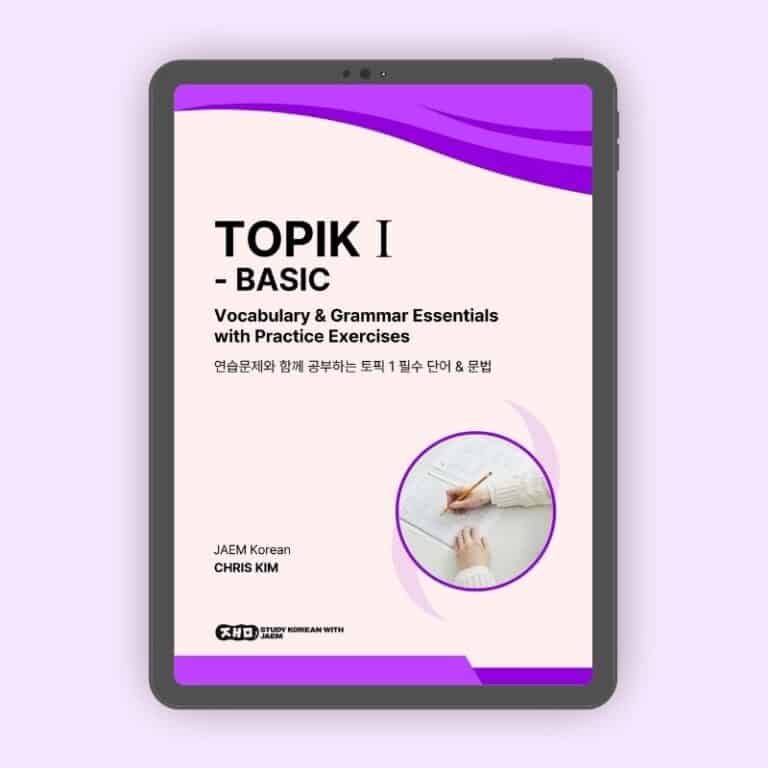
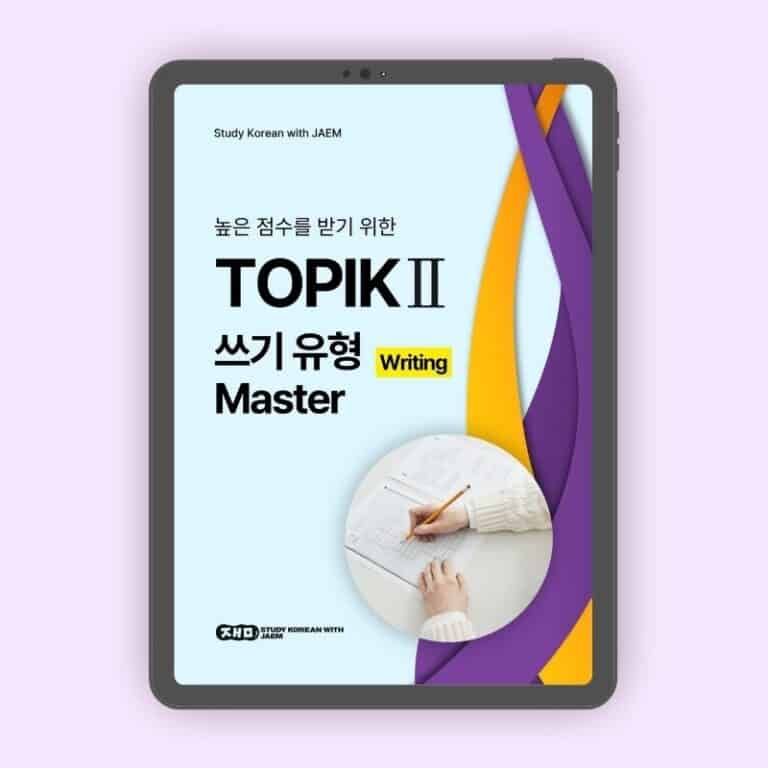


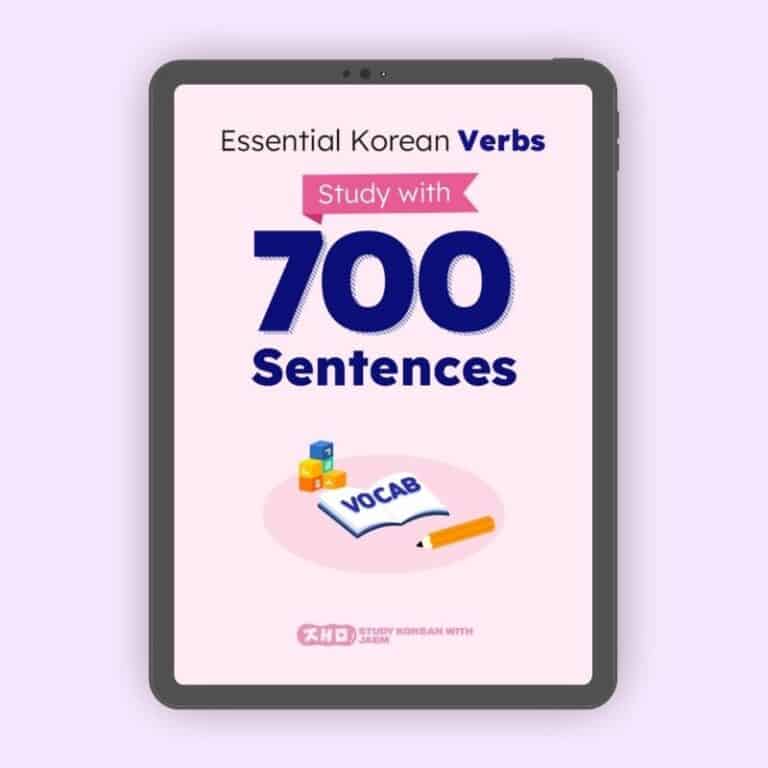


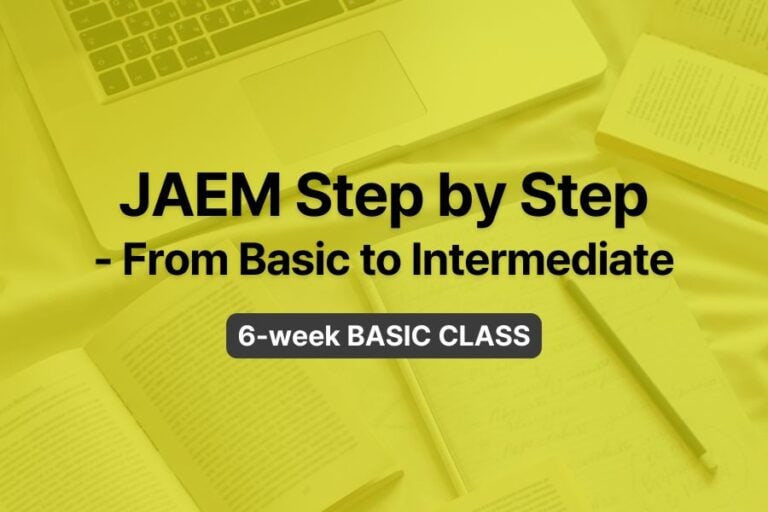

Responses